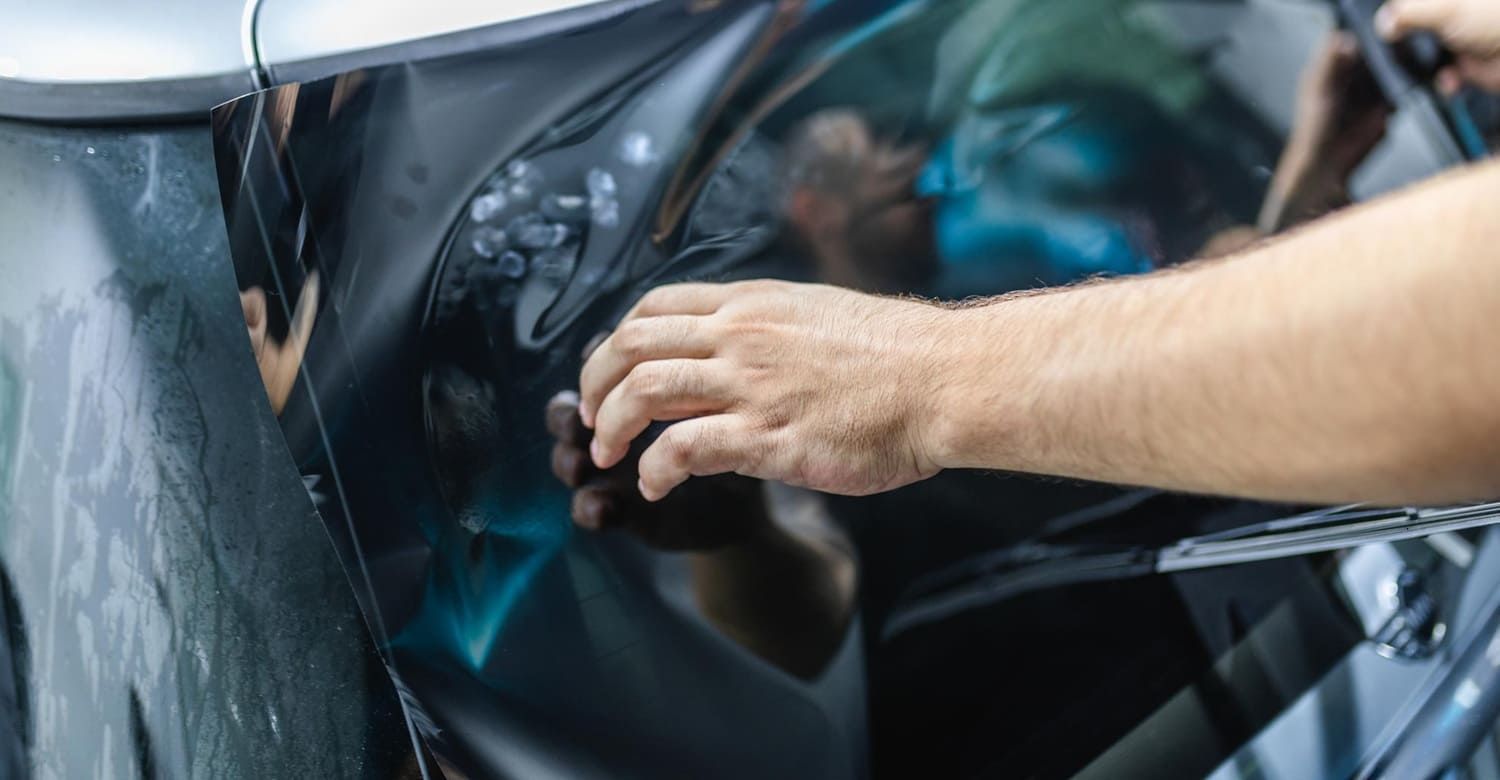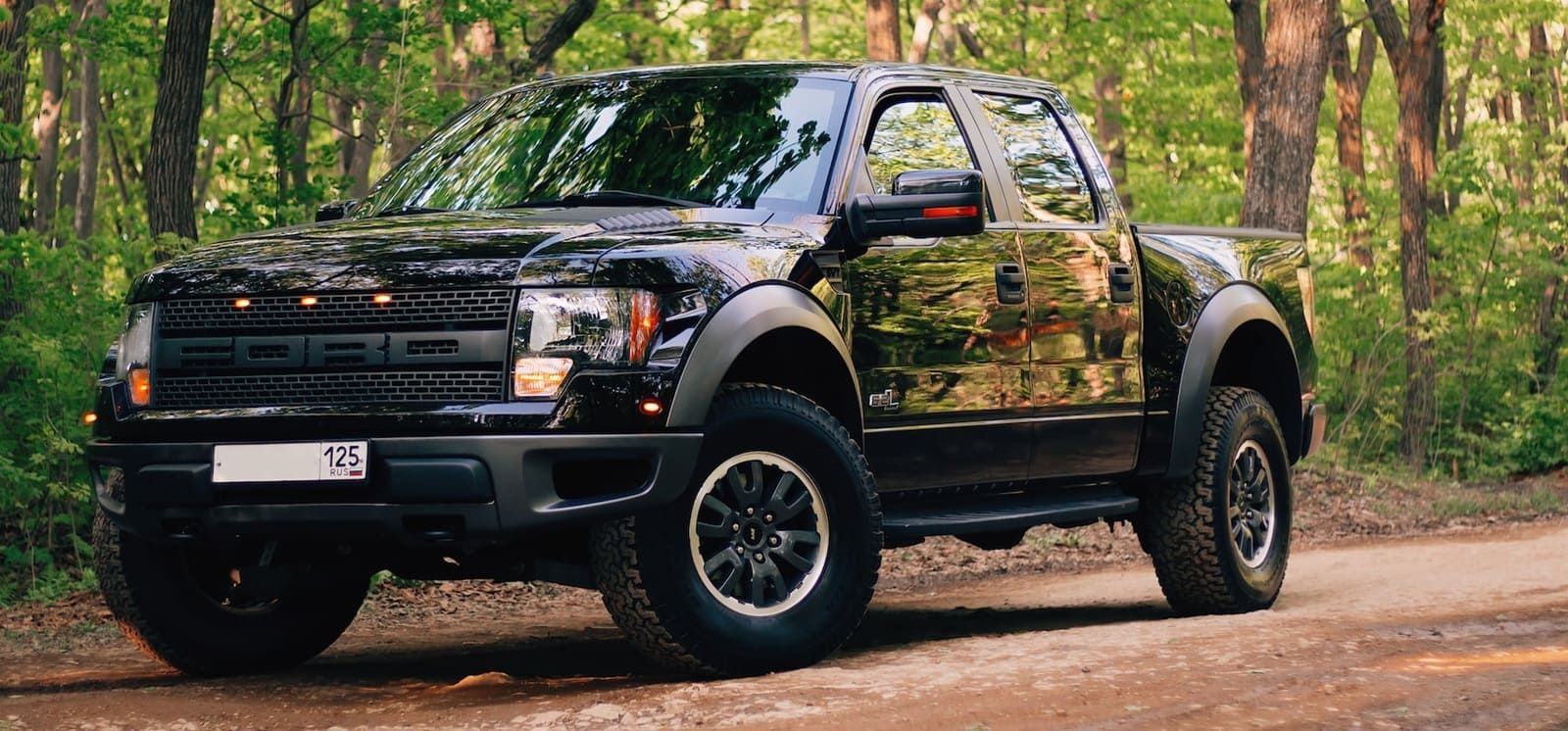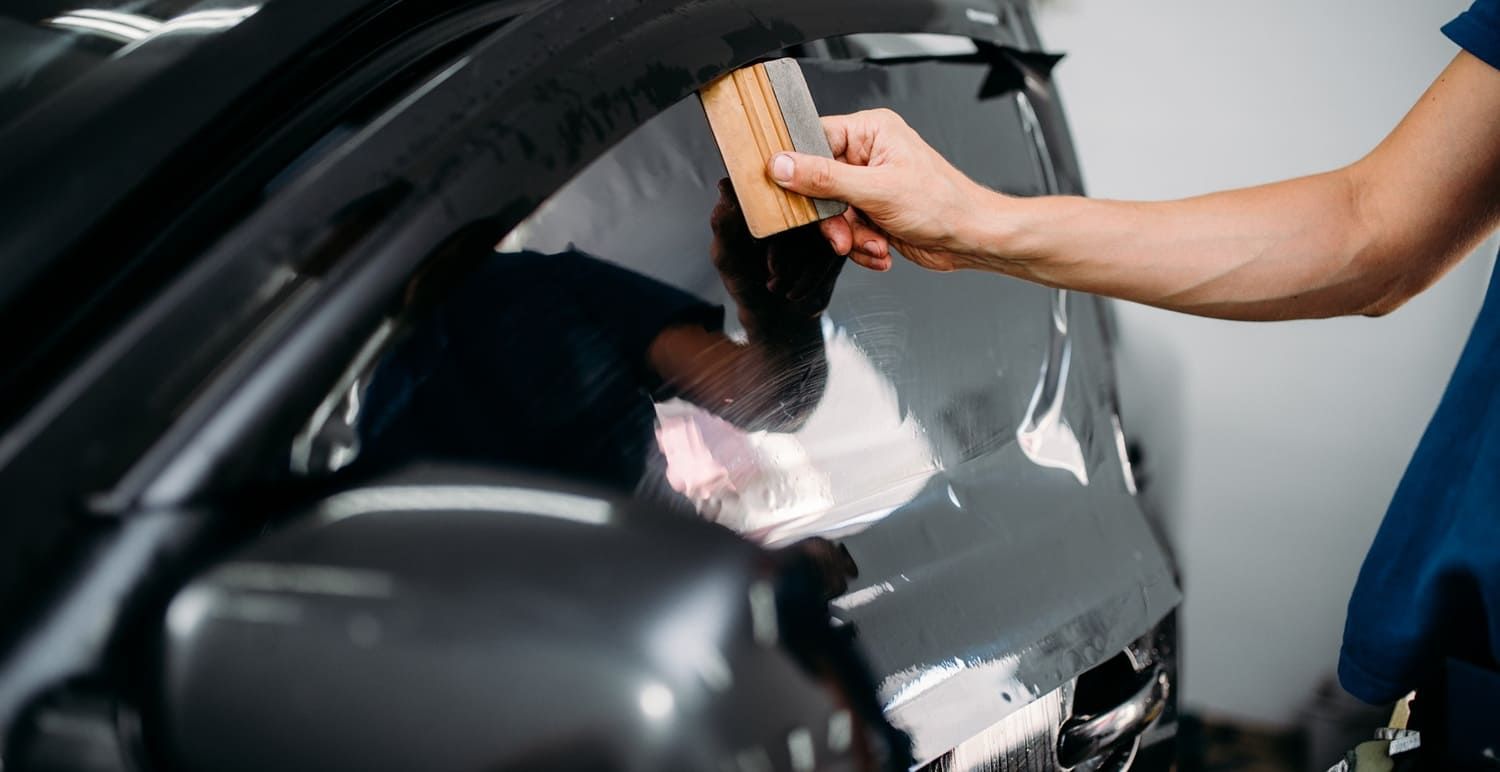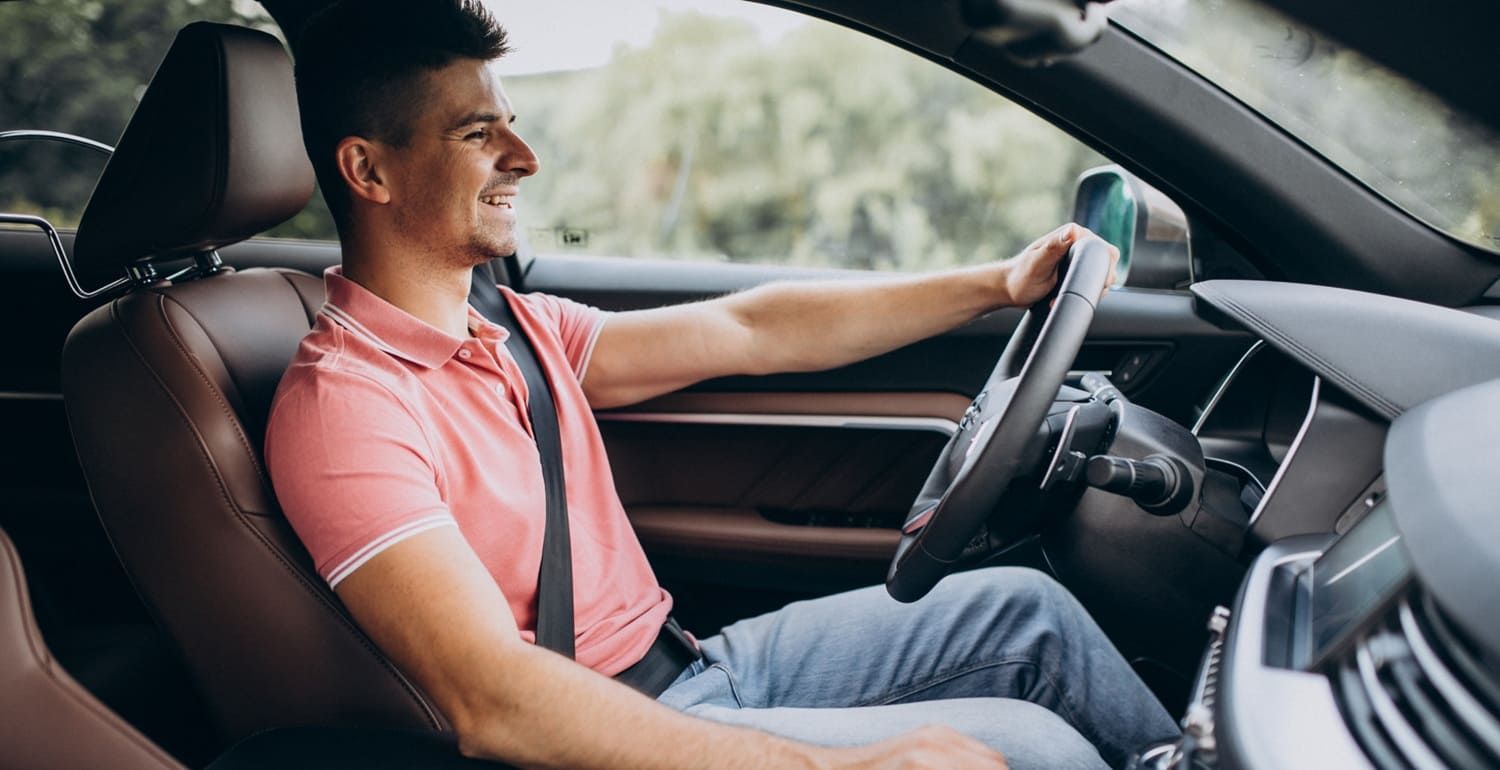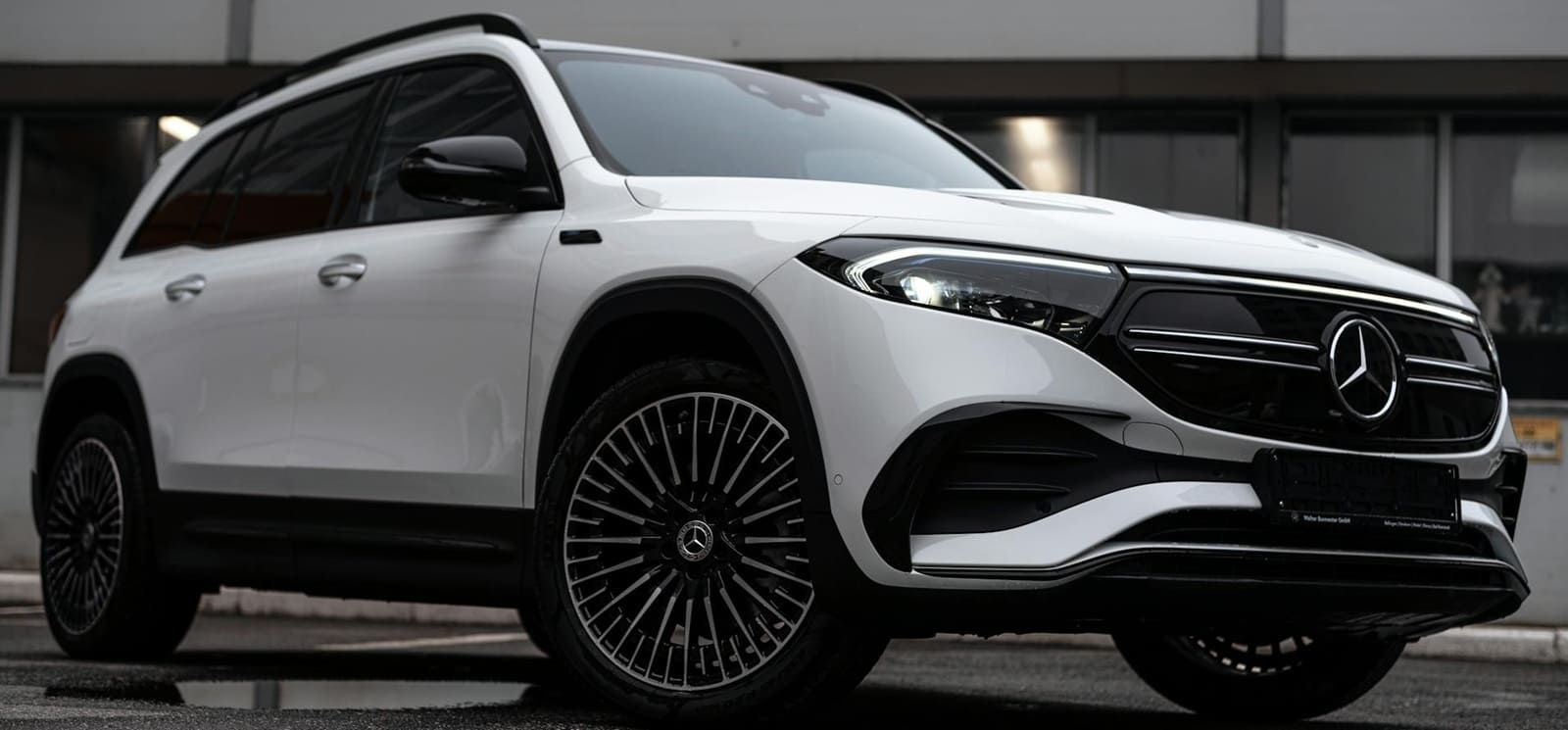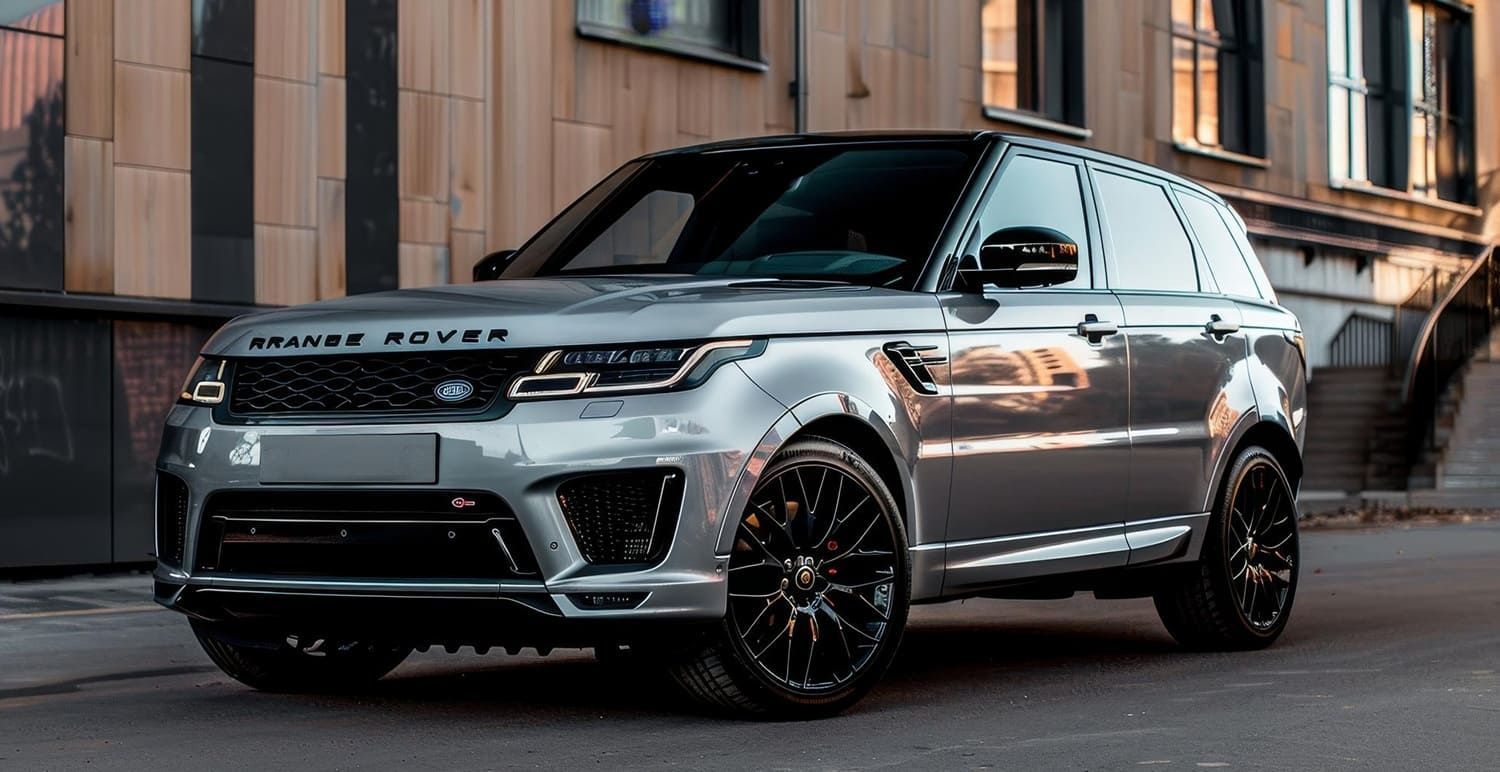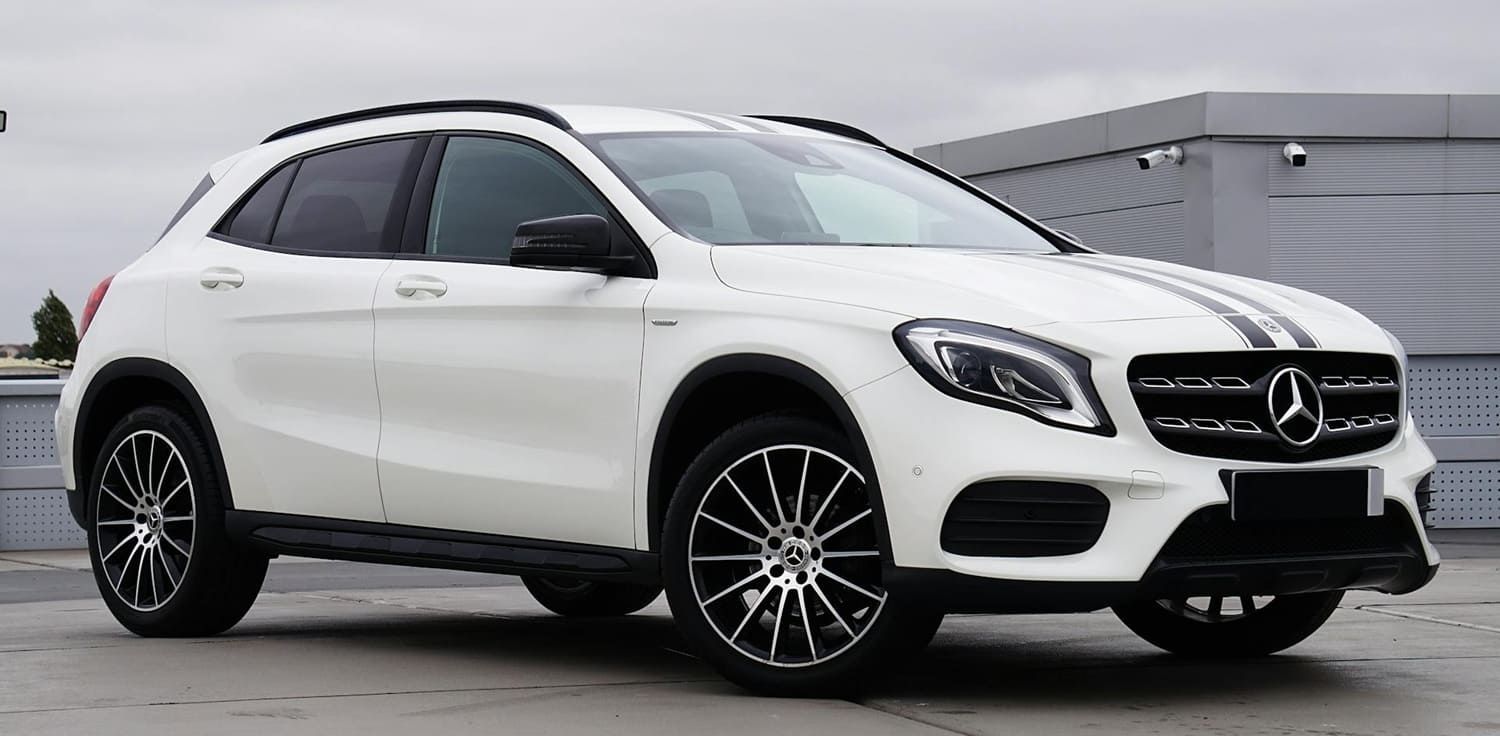Do Tinted Windows Make Night Driving Unsafe?
Driving at night presents its own unique set of challenges, and for those with tinted windows, the question arises: do tinted windows make night driving unsafe? Window tinting is popular for a variety of reasons---privacy, heat reduction, and aesthetics. However, it's essential to understand how it can affect visibility, especially during night drives. The interplay between light and darkness can significantly alter how we perceive obstacles and hazards on the road, making the choice of tint an important consideration.
In this article, we will delve into the implications of tinted windows on night driving safety, explore the laws surrounding window tinting, particularly in states like Florida, and provide tips to ensure your drive remains safe and legal. By understanding the factors at play, drivers can make informed decisions that prioritize safety without sacrificing the benefits that tinted windows can provide.
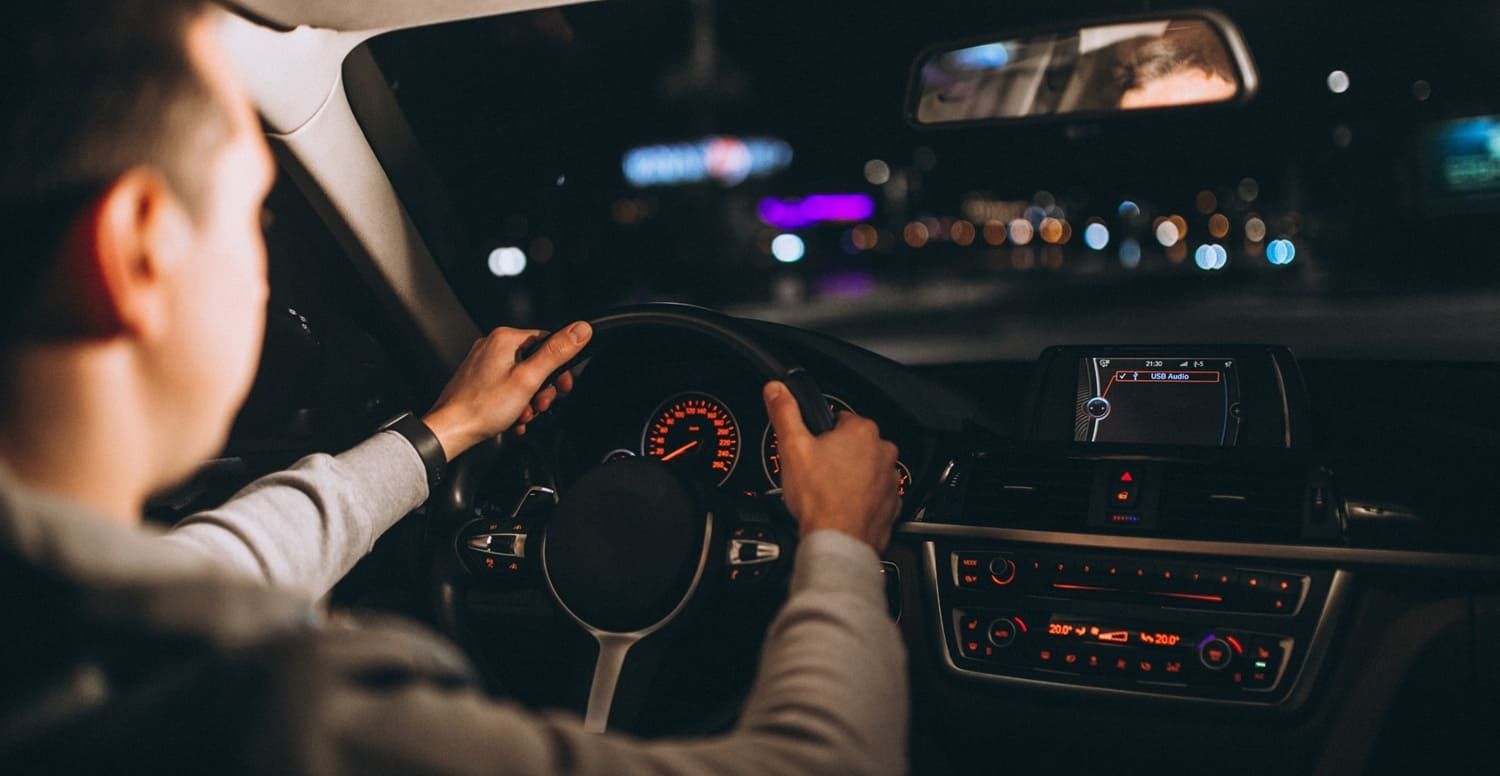
Understanding Window Tinting
What is Window Tinting?
Window tinting involves applying a thin laminate film to a vehicle's glass to darken it. This film can be made from a variety of materials, each offering different levels of darkness or reflectivity. The darkness of window tint is measured as a percentage of visible light transmission (VLT). A lower VLT means the tint is darker, allowing less light to pass through. Different materials can also offer varying degrees of heat rejection and UV protection, adding to the complexity of choosing the right tint.
There are several types of window tint films available, including dyed, metalized, carbon, and ceramic tints. Each type has its own set of characteristics. For example, dyed films are generally less expensive and provide good glare reduction, while ceramic tints are known for their superior heat rejection and clarity. Understanding these differences is crucial for selecting a tint that meets both your aesthetic preferences and functional needs.
Why People Choose Tinted Windows
People opt for tinted windows for numerous reasons, including:
- Privacy: Tinted windows offer an additional layer of privacy, making it harder for outsiders to see inside the vehicle. This can be particularly beneficial in urban environments where car break-ins are more common.
- UV Protection: Tinting can block harmful ultraviolet rays from the sun, protecting the vehicle's interior and its occupants. Prolonged exposure to UV rays can cause skin damage and fade the car's upholstery, so tinting serves as a protective barrier.
- Temperature Control: By reducing the amount of sunlight entering the car, tints help keep the vehicle cooler. This not only enhances comfort but can also reduce the reliance on air conditioning, thereby improving fuel efficiency.
- Glare Reduction: Tints can reduce the glare from the sun and headlights, providing a more comfortable driving experience during the day. This can be particularly helpful for drivers with light sensitivity or those who frequently drive in sunny conditions.
Tinted Windows and Night Driving Safety
How Tinted Windows Affect Visibility
One of the primary concerns with tinted windows is reduced visibility, particularly at night. When driving in low-light conditions, it's crucial to have a clear view of your surroundings. Dark tints can make it harder to see obstacles, pedestrians, or other vehicles, potentially increasing the risk of accidents. The reduced light transmission can also affect depth perception, making it more challenging to judge distances accurately.
In addition to reduced visibility, tinted windows may affect peripheral vision, which is vital for detecting movement at the edges of your field of view. This can be particularly problematic in busy urban areas or on poorly lit rural roads. It's important to consider these factors when choosing a tint level, as safety should always be the top priority.
The Balance Between Safety and Functionality
While window tinting offers several benefits, it's vital to strike a balance between safety and functionality. Overly dark tints may compromise your ability to drive safely at night. It's essential to choose a tint level that provides the benefits you seek while ensuring you can see clearly, regardless of the time of day. Consulting with professionals can help you select a tint that meets legal requirements while still offering the desired advantages.
Many drivers choose to opt for different tint levels on different windows, achieving a balance between aesthetics and functionality. For instance, lighter tints can be used on the front windows to maintain visibility, while darker tints may be applied to the rear windows for privacy. Understanding how different tint levels can affect your driving experience will help you make an informed decision.
Window Tint Laws
General Window Tinting Laws
Laws regarding window tinting vary significantly from state to state. They typically specify the maximum allowable VLT for different windows on a vehicle. It's crucial to be aware of these laws to avoid potential fines or the need to remove illegal tint. Violations can result in hefty fines, and in some cases, mandatory removal of the tint, which can be costly and inconvenient.
In addition to state laws, there may be specific regulations at the local or municipal level. It's essential to research the specific requirements in your area and consult with a professional installer who is familiar with local laws. This will ensure that your tint not only meets your needs but also complies with all applicable regulations.
Florida Car Window Tinting Laws
Florida has specific regulations regarding window tinting:
- Windshield: Non-reflective tint is allowed along the top of the windshield above the AS-1 line. This allows for some reduction of glare without compromising the driver's view of the road.
- Front Side Windows: Must allow more than 28% of light in. This ensures that drivers maintain adequate visibility while still benefiting from reduced glare and UV protection.
- Back Side Windows: Must allow more than 15% of light in. This provides more flexibility for privacy and temperature control in the rear of the vehicle.
- Rear Window: Must allow more than 15% of light in. Similar to the back side windows, this regulation balances the need for privacy with the requirement for adequate visibility.
These regulations aim to ensure that drivers have adequate visibility while maintaining the benefits of window tinting. Understanding these laws is crucial for ensuring that your vehicle remains compliant and that you can enjoy the benefits of window tinting without legal issues.
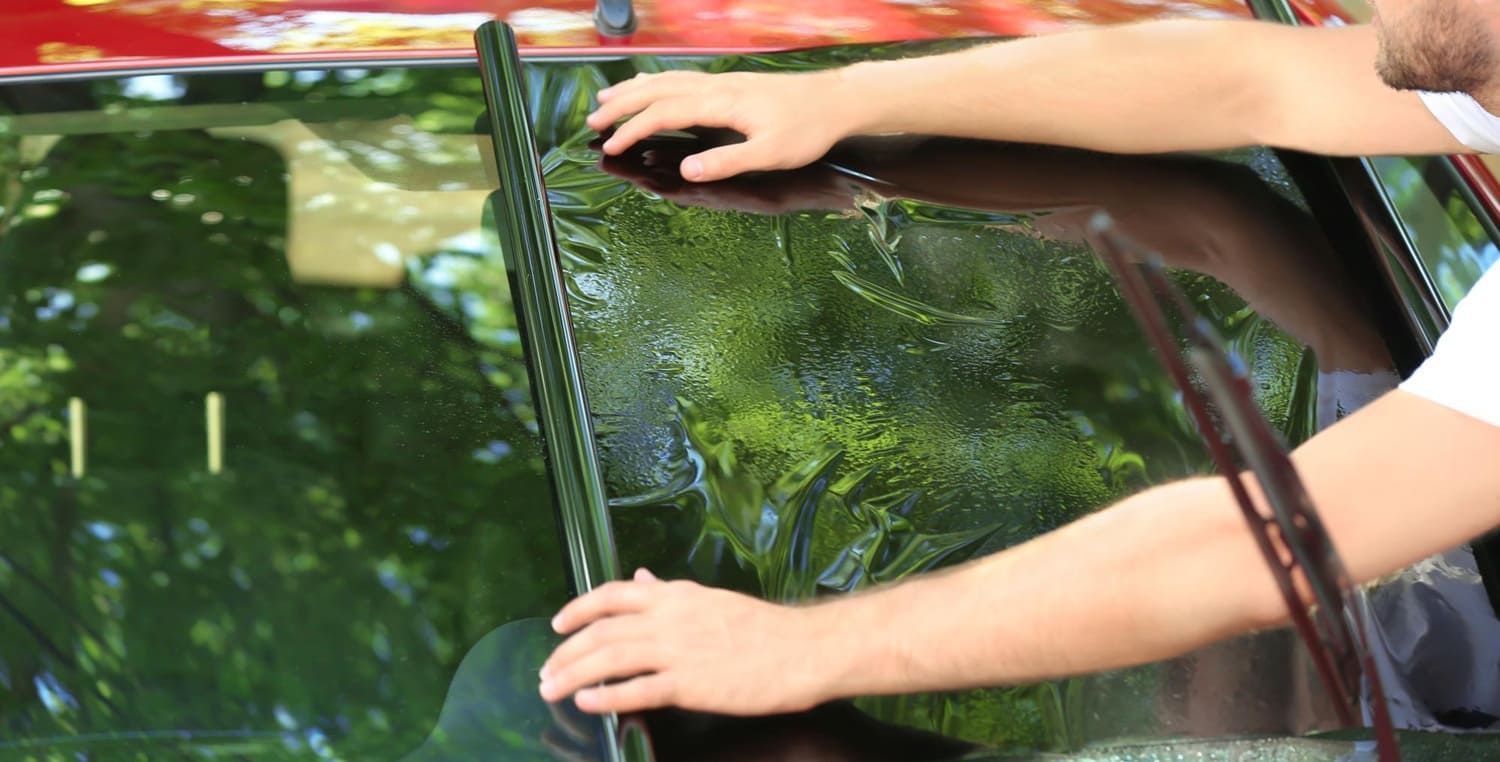
Tips for Safe Night Driving with Tinted Windows
Choose the Right Tint Level
Selecting the appropriate tint level is critical. Consider opting for a lighter tint that offers privacy and UV protection without significantly reducing visibility. Consult with a professional to find a tint that complies with local laws and meets your needs. A professional installer can also provide insights into how different tint levels might affect your driving experience, especially at night.
It's also important to test different tint levels in various lighting conditions before making a decision. Many tint shops offer samples or demonstrations that can help you visualize how different tints will look and feel. This can be an invaluable step in ensuring that your choice enhances rather than detracts from your driving experience.
Regularly Clean Your Windows
Dirty windows can further reduce visibility, especially at night. Ensure your windows, both inside and out, are regularly cleaned to maintain a clear view. Dust, grime, and smudges can accumulate over time, exacerbating the visibility issues associated with tinted windows.
Use appropriate cleaning products that do not damage the tint film. Harsh chemicals or abrasive materials can scratch or degrade the tint, reducing its effectiveness and longevity. Regular maintenance not only keeps your windows clear but also extends the life of your window tint.
Be Aware of Your Surroundings
When driving at night, be extra vigilant. Watch for pedestrians, cyclists, and other vehicles. Use your mirrors effectively and maintain a safe following distance to give yourself ample reaction time. The reduced visibility from tinted windows means that you may need to rely more heavily on other senses and driving techniques to stay safe.
Consider using additional lighting if necessary, such as fog lights, to improve visibility in low-light conditions. These lights can help illuminate the road and make it easier to spot potential hazards. Always ensure that your vehicle's lighting is in good working order and adjust your driving habits to account for the unique challenges of night driving with tinted windows.
Adjust Your Driving Habits
If you have tinted windows, consider adjusting your driving habits to accommodate reduced visibility. Slow down, use your headlights appropriately, and avoid distractions. Staying focused and alert is crucial when driving with limited visibility, as it allows you to react more quickly to unexpected situations.
It's also beneficial to familiarize yourself with your vehicle's blind spots, which may be more pronounced with tinted windows. Adjusting your mirrors and being mindful of these blind spots can help you maintain awareness of your surroundings and avoid potential collisions.
Conclusion
At Leo’s Touch Window Tinting, your trusted car window tinting installers near you serving Tampa, FL, we specialize in providing high-quality tints that balance style, comfort, and safety—day and night.
Tinted windows offer several benefits, but it's essential to understand how they can affect night driving safety. By choosing the right tint level and adhering to local laws, you can enjoy the advantages of window tinting while ensuring your safety and the safety of others on the road. The key is finding a balance between aesthetics, functionality, and safety.
Always prioritize visibility and safety over aesthetics when it comes to window tinting. A well-informed decision will ensure that your driving experience remains safe, comfortable, and legal, day or night. By taking the time to understand the implications of tinted windows, you can make choices that enhance your driving experience without compromising your safety.
Contact Leo’s Touch Window Tinting today for a free estimate and get expert guidance on choosing the safest, most effective window tint for your vehicle.
FAQs About Tinted Windows and Night Driving Safety
Is it harder to see at night with tinted windows?
It can be—especially with dark or illegal tints. Lower Visible Light Transmission (VLT) means less light enters the cabin, which may reduce visibility in dim conditions.
Do all tint levels affect night driving the same way?
No. Lighter shades or ceramic tints with high clarity allow better nighttime visibility while still providing UV and heat protection.
Are some tint types better for night driving?
Yes. Ceramic tints are ideal because they offer excellent clarity, low reflectivity, and maintain visibility while blocking heat and UV.
Can window tint cause glare at night?
Poor-quality tint or improper installation can cause glare or haziness, especially when headlights shine through the film.
Does rear window tint make backing up at night harder?
It can. If the rear window is heavily tinted, night visibility while reversing may be reduced unless you use bright backup lights or a rear camera.
How can I reduce the impact of tint at night?
Choose a legal, lighter VLT film (like 35% or higher) and opt for premium brands with optical clarity to avoid visibility loss.
What’s the legal tint limit for nighttime safety?
In most states—including Arizona—the front side windows must allow at least 33% light. Following legal limits ensures better visibility at night.
Are tinted windshields allowed, and do they affect night driving?
Only very light or clear ceramic tints are legal for windshields in most areas. These provide UV and heat protection without affecting night visibility.
Is night driving more dangerous with tinted side windows?
It depends on the tint darkness and quality. Very dark or low-grade tints can impair your peripheral vision, especially in unlit areas.
Do all drivers experience the same effects at night?
No. Older drivers or those with night vision issues may be more affected by dark tints than younger individuals with sharper low-light vision.
Can I remove tint if it’s too dark for night driving?
Yes. A professional can remove or replace the film with a lighter, more suitable option for better night driving comfort.
Will factory-tinted windows impact nighttime safety?
Factory tint (usually on rear windows) is baked into the glass and designed to maintain safe visibility, even at night.
Can tint affect how I see dashboard or mirror reflections at night?
Poor-quality tints can sometimes create internal reflections, but premium ceramic films minimize this issue.
Is it better to avoid tinting at all for night driving?
Not necessarily. Legal, professionally installed films provide heat, glare, and UV protection without significantly compromising night safety.
Are there tints designed specifically for low-light visibility?
Yes. Some brands offer high-VLT ceramic films that maintain maximum visibility while still offering performance benefits.
Does tint help reduce headlight glare at night?
Yes, particularly from oncoming traffic. A light-to-medium tint can reduce harsh glare without darkening your vision.
Can window tint help night drivers with light sensitivity?
Definitely. Drivers with photophobia or light sensitivity often benefit from mild tint that softens incoming light at night.
What’s the safest approach to tinting for night driving?
Use high-quality ceramic film at a legal VLT, avoid dark shades on front windows, and always prioritize visibility over appearance.
Will I get used to driving at night with tint?
Most drivers adjust over time, especially if the tint isn’t overly dark and maintains optical clarity.
Should I ask for a night-vision friendly tint during installation?
Yes. Let your installer know your driving habits, especially if you drive often at night, so they can recommend the most vision-friendly solution.


